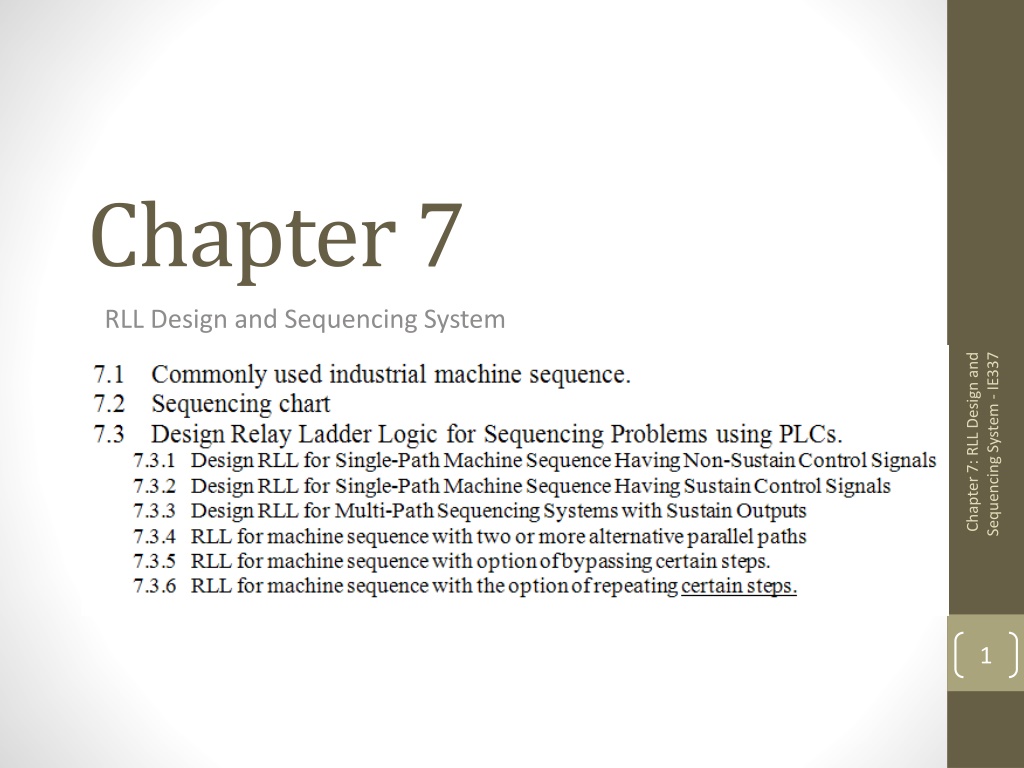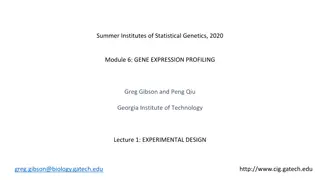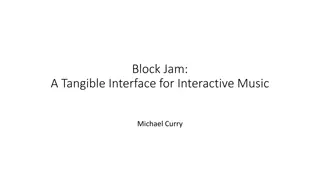RLL Design and Sequencing System Overview
Common industrial sequences in RLL design and sequencing systems involve single path or multi-path approaches. Control signals can be sustain or non-sustain, impacting the system's memory. Sequence charts help visualize system operations, aiding in RLL design. Techniques like the CASCADE method are utilized for controlling the sequence of operations in machines. Specific design methods cater to non-sustain control signals, enhancing efficiency in single-path machine sequences.
Download Presentation

Please find below an Image/Link to download the presentation.
The content on the website is provided AS IS for your information and personal use only. It may not be sold, licensed, or shared on other websites without obtaining consent from the author.If you encounter any issues during the download, it is possible that the publisher has removed the file from their server.
You are allowed to download the files provided on this website for personal or commercial use, subject to the condition that they are used lawfully. All files are the property of their respective owners.
The content on the website is provided AS IS for your information and personal use only. It may not be sold, licensed, or shared on other websites without obtaining consent from the author.
E N D
Presentation Transcript
Chapter 7 RLL Design and Sequencing System Chapter 7: RLL Design and Sequencing System - IE337 1
Common industrialsequences A Sequential system is based: Either on a single path sequence of tasks Or on multi-paths In a single path system, tasks are performed sequentially, one after another In a Multi-path or parallel system, several tasks can be performed simultaneously in parallel Chapter 7: RLL Design and Sequencing System - IE337 2
Common industrialsequences Chapter 7: RLL Design and Sequencing System - IE337 3
Control signals Depending on the controlled system, control signals can be either sustain or non-sustain. Chapter 7: RLL Design and Sequencing System - IE337 a- a+ Non-sustain control signal: There is a mechanical memory. Sustain control signal: There is no mechanical memory. 4
Sequencecharts To visualize the operation of switching systems, we use sequence charts, also called: Time-motion diagrams State diagram Bar charts Chapter 7: RLL Design and Sequencing System - IE337 They describe the step-by-step operation of sequential systems They are helpful to design RLL 5
7.2 Design Using Sequencing Chart Sequencing chart Flip flop module Chapter 7: RLL Design and Sequencing System - IE337 Output module 6
CASCADE method The CASCADE method is a method to design RLL. This technique can be used to control the sequence of operations of a machine/process having either sustain or non-sustain control signals. Chapter 7: RLL Design and Sequencing System - IE337 7
RLL Design for non sustain control signals Chapter 7: RLL Design and Sequencing System - IE337 8
RLL Design for non sustain control signals Use the CASCADE method to design an RLL for a single-path machine sequence and non-sustain control signals: Chapter 7: RLL Design and Sequencing System - IE337 9
RLL Design for sustain control signals Use the CASCADE method to design an RLL for a single-path machine sequence and sustain control signals: Chapter 7: RLL Design and Sequencing System - IE337 a- a+ 10
RLL Design for sustain control signals Chapter 7: RLL Design and Sequencing System - IE337 11
7.3 RLL Design for Sequencing System Using CASCADE Methods Chapter 7: RLL Design and Sequencing System - IE337 12
Multi path/parallelpath machine sequence In multi-path sequences, the program proceeds as regular single path up to the completion of step(i). At step(i), 2 parallel paths A and B are carried out simultaneously. Path A has j steps, and path B has k steps; the j and k are not necessarily equal. Only after completing both paths sequentially, the program continues with the next single-path step(i+1). Chapter 7: RLL Design and Sequencing System - IE337 13
+ + , A B Example Multi path with Non sustain control signal + , , , , , , . START A A A B C + C 3 G , , 1 , 2 , . 5 START G G G 4 G Chapter 7: RLL Design and Sequencing System - IE337 14
Pathselection Some sequences selection of 1 path among many available Each available path is a sequence. A path can be enabled using external switches. After step(i) completed, either flip- flop YA1 or YB1 is set, depending on whether xp = 1 or 0, respectively. Completion of either step Aj or Bk sets flip- flop Yi+1 machine require paths Chapter 7: RLL Design and Sequencing System - IE337 is 15
+ + ( ; 1 = , , ) x B B C p + , , , , . START A A C Example + + = ( ; 0 , , ) x B C B p = ; 1 2 , 3 x G G p , , 1 G , 6 START G = ; 0 4 , 5 x G G p Chapter 7: RLL Design and Sequencing System - IE337 16
Bypass Bypass = shortcut some operations At the completion of step (i) Chapter 7: RLL Design and Sequencing System - IE337 If input control signal xp=1, then the system goes through program steps from A1to Aj , and continues with step (i+1). If, on the other hand, xp= 0, then the system jumps directly from step (i) to step(i+1). 17
Example Xp=1; ( B+, B-) G2 | G3 Xp=0; by pass START, A+ , , A- . G1 G4 Chapter 7: RLL Design and Sequencing System - IE337 18
Repeatcycle A repeat cycle is a machine sequence in which some steps are repeated. At the completion of step Aj , if a selector switch xp = 1, thenthe system will continue with step i+1. Chapter 7: RLL Design and Sequencing System - IE337 Otherwise, If xp = 0 , then steps A1 to AJ are repeated. The cycle A1 to AJ will be repeated indefinitely until xp = 1. This circuit is suitable for machine sequences to be repeated until a desired effect is achieved. 19
Minimum numberof groups in a repeatcycle At least 3 flip-flops must be allocated for repeated machine steps. If only one or two flip-flops were assigned for the repeated machine steps, they will simultaneously set and reset and multifunction would occur. Chapter 7: RLL Design and Sequencing System - IE337 If the rule to divide the machine sequence into groups calls for only two groups to cover the repeated steps, a third dummy group must be added. 20
( ( ) , + + + , ) 1 = Example , , ( , , , until ) ( . START A repeat B C B C x A p ) , , 1 , 2 , 3 4 5 START G G G G G Chapter 7: RLL Design and Sequencing System - IE337 21
Chapter 7: RLL Design and Sequencing System - IE337 22
Chapter 7: RLL Design and Sequencing System - IE337 23
Chapter 7: RLL Design and Sequencing System - IE337 24























